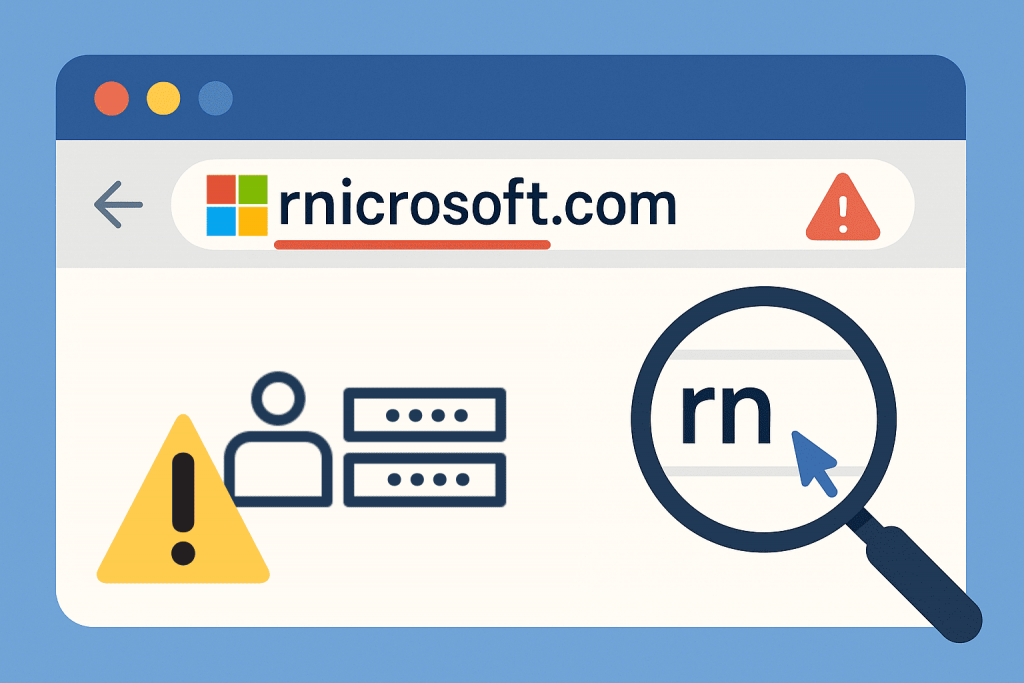
The internet is changing rapidly, and with it, the sophistication of scammers is also growing. By 2025, phishing is no longer just primitive emails with mistakes — it has become a whole “industry” with its own support services and even phishing-as-a-service. Fake websites use deep learning to mimic the style of real websites and employee communication, while millions of phishing kits are available on the black market. For users, it is crucial to know how to tell a fake from the original.
Why Phishing Is Becoming More Realistic
Classic signs of phishing emails — poor spelling, strange sender addresses, or low-quality logos — are no longer as helpful. With the help of artificial intelligence, cybercriminals create personalized messages that are grammatically flawless and reference current events or the victim’s own publications. Attackers also adapt the content depending on whether the victim responds or ignores the email, which increases the effectiveness of the attack. In addition, more than 80% of phishing websites already use HTTPS, so the green lock in the browser bar is no longer a guarantee of safety. That’s why it’s important to analyze a website comprehensively.
Checking the Domain Name
The simplest way to spot a fake is to look at the page address. Scammers often register domains with similar names (for example, replacing the letter “i” with “1”) or add extra words to confuse users. Always check if the domain matches the official address of the service you use, and open it by typing it manually rather than following a link. Services that identify known malicious sites can also be useful.
Website Design and Content
Phishing pages rarely look fully professional: they often contain grammatical errors, low-quality images, or an empty “About Us” section. Some phishing templates copy the design of large brands, but differences become obvious if you carefully read the text and check whether the interface elements are placed logically. Suspicious pop-ups asking immediately for login, password, or card details are another red flag. Also pay attention to payment methods: legitimate stores usually offer card payments or trusted services like PayPal, while scammers often demand direct transfers or cryptocurrency.
Overly Attractive Offers and Reviews
Phishing e-shops often lure users with unbelievable discounts — for example, 70% off luxury brands. This is a classic trick designed to make you act quickly, so be cautious if the offer seems too good to be true. Before making a purchase or entering personal data, check reviews from reliable sources, looking out for whether they all sound similar and were posted recently. The absence of reviews or excessively positive comments can also be a warning sign.
Technical Indicators
Besides careful reading, there are technical signs that can help identify a fake:
- SSL/TLS certificate. While a green lock doesn’t guarantee safety, the absence of HTTPS or a browser warning about an insecure connection should raise suspicion. You can view certificate details by clicking the lock icon.
- Domain age. Many phishing websites exist only for a few months. Whois services can help you find out when the domain was registered.
- Requests for unusual data. Legitimate companies never ask for passwords or banking details via email. If you receive a message asking you to confirm personal information or top up an account, it’s better to go to the site manually and contact support.
- Proper email configuration. Most corporate domains use SPF, DKIM, and DMARC protocols to protect against sender address spoofing. Missing these records in the email header may indicate phishing.
Implementing Best Practices
Phishing is getting more advanced, and common sense alone isn’t enough. Companies should regularly train their employees: from increasing awareness of phishing and attack models to running simulations. Research shows such programs can reduce the risk of cyber incidents by up to 60%. Additional measures like two-factor authentication and proper configuration of SPF, DKIM, and DMARC further reduce the chances of a successful attack.
Awareness Is the Best Defense
In a world where phishing is nearly indistinguishable from real communication, vigilance is key. Even if you use trusted hosting providers, don’t rely solely on automatic filters. Take a comprehensive approach: check addresses, review website design, read feedback, and be careful about what data you share and where. Awareness, keeping your software up to date, and using two-factor authentication remain the main shields against cyber threats in 2025.

Leave a Reply